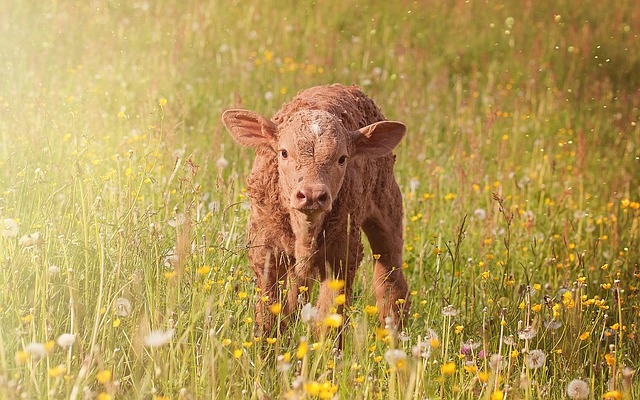If you have been serving on the staff of a local church, you have likely heard and even used the phrase “sacred cow.” This was the topic of a recent Five Leadership Questions podcast, where I joined Todd Adkins and Barnabas Piper to discuss how to navigate “sacred cows” in ministry. As we began, we realized that we had different thoughts and mental images of the illustration of a “sacred cow.” Both images can get you to the same place of implications, so they could be seen as complementary. At the same time, it is always helpful to define what we mean when we use a phrase. Here are two ways to define sacred cows in ministry:
1. Sacred cow as an untouchable
In some cultures, such as within the Hindu religion, cows are viewed as sacred animals that should be esteemed and not eaten. The cow is highly respected because the cow provides dairy and has a gentle nature. In ministry, a sacred cow is a program, event, or methodology that is highly esteemed. After all, the program has provided great impact over the years, so why would anyone dare tweak what has always been? Yet sometimes a “sacred cow” is no longer providing the impact that it once provided. Sometimes the health of the church is hampered because so much energy and attention goes to adorning a sacred cow. Opportunities are missed and new initiatives are starved of resources, as sacred cows require a lot of care.
2. Sacred cow as an idol
Yet another image comes to mind: the story of God’s rescued people making a golden cow to worship (Exodus 32). God had miraculously rescued His people from slavery and parted a sea for them to cross. As they were leaving Egypt, the Lord provided for them with the gold of the terrified Egyptians who handed their possessions over when the Israelites merely asked. With the gold God gave His people, they made a sacred cow to worship. To our shame, often what God gives as gifts become objects of our affection. The same is true in local church ministry. God provided a tool to reach and disciple people, and in our idolatry, we can make the tool an object of our affection. Idolatry occurs when a church program becomes more important than a church’s purpose.
So depending on your use of the phrase, calling something a sacred cow has varying degrees of severity. You could simply be saying, “We have not touched *this* in the past because of its significant impact, but the impact could be greater if we placed our focus elsewhere.” Or you could be saying, “This has become the focus of our hearts and is stealing our attention from Him.” Obviously the idol imagery is much more severe. Both images may take you to the same place of addressing the “sacred cow,” but it is always good to know what you mean when you use a phrase.





